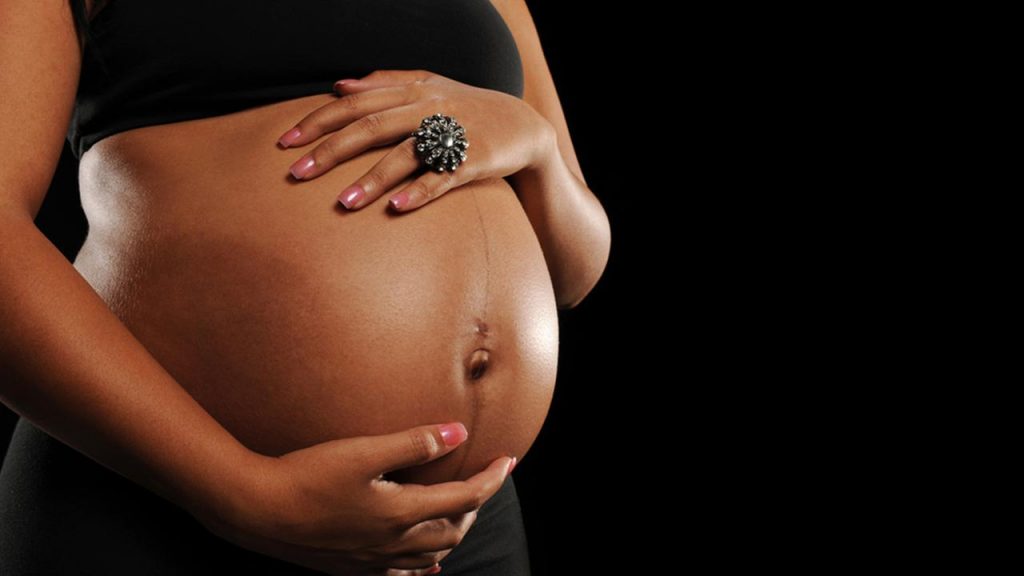
Nine out of ten neonatal deaths in Kenya are as a result of preventable causes, a study has established.
The study reveals that 95 per cent of newborns die from preventable causes.
It adds that infants between the ages of 0 and 28 days account for almost half and two-thirds of the admissions and deaths, respectively, in the age group 0-3 years in Kenyan county hospitals.
The study, done by the Kenya Medical Research Institute Wellcome Trust, Kilifi, shows the quality of inpatient care for small and sick newborns in low-income and middle-income countries is poor.
Despite the availability of high-impact low-cost interventions, hospitals have high and very variable mortality proportions after stratification by birth weight.
“Most of the deaths among neonates in low-income and middle-income countries can be prevented through universal access to basic high-quality health services including essential facility-based inpatient care,” says the study, dubbed neonatal mortality in Kenyan hospitals, and published in the BMJ Global Health journal.
However, the study also reveals that poor routine data undermines data-informed efforts to monitor and promote improvements in the quality of newborn care across hospitals.
Riskiest period
Intrapartum-related complications (perinatal respiratory depression after birth, prematurity and low birthweight) was the single most common diagnosis among the newborns with birth weight of 2kg or more who died.
Children who were born weighing 1kg to 2kg were three times more at risk of dying than the rest across all the hospitals.
A majority of inborn babies, 90 per cent, in the units studied were admitted on their first day of life, and three out of every five deaths in the units occurred on the first day of admission.
Immediate postnatal care makes the day of birth the riskiest period for a baby.
The World Health Organization has developed guidance for continued care along the life course by integrating maternal and newborn care and promoting maternal perinatal (the period before and after birth) death surveillance and response.
However, the perinatal care other than newborn resuscitation is a weak component of these strategies. In low- and middle-income countries, congenital conditions are not among the top five causes of admissions and deaths especially in Kenyan newborn units, hence the explanation for the high numbers of preventable causes of deaths in this study.
The study continuously collected routine patients’ data from structured paper record forms for all admissions to newborn units from 16 selected Kenyan public hospitals that are part of a clinical information network.
Preterm babies
The data were analysed together with that from all paediatric admissions between ages 0 and 13 years from 14 of these hospitals. The data was collected between April 1, 2018, and March 31, 2020, in 12 of the counties in Kenya.
The data was used to show the proportion of all admissions and deaths in the neonatal age group and examine morbidity and mortality patterns, stratified by birth weight and their variation across hospitals.
During the 354-hospital month study period, 90, 222 patients were admitted to the 14 hospitals’ newborn units and general paediatric ward data. A total of 46 per cent of all the admissions were neonates (aged 0-28 days) who accounted for 66 per cent of the deaths in the age group of 0 to 13-year-olds.
Out of the admission, 41,657 inborn neonates were admitted in the newborn units across the 16 hospitals during the study period. Out of the number 4, 266 children died, giving a crude mortality rate of 10.2 per cent.
“Out of the deaths, 60 per cent occurred on the first day of admission,” says Kemri Correspondence Professor Grace Irimu.
“Use of birth weight is inaccurate as low birth weight combines both premature birth and the occurrence of small-for-gestational-age that carry different risks of mortality,” states the study.
It also states that inconsistent admission criteria in newborn units and kangaroo mother care (KMC) wards, compounded by limited or lack of KMC facilities, may lead to the admission of stable preterm babies to the units, thus lowering the neonatal fatality rates.
“Most of the deaths among neonates can be prevented through universal access to basic high-quality health services including essential facility-based inpatient care,” the study suggests.
